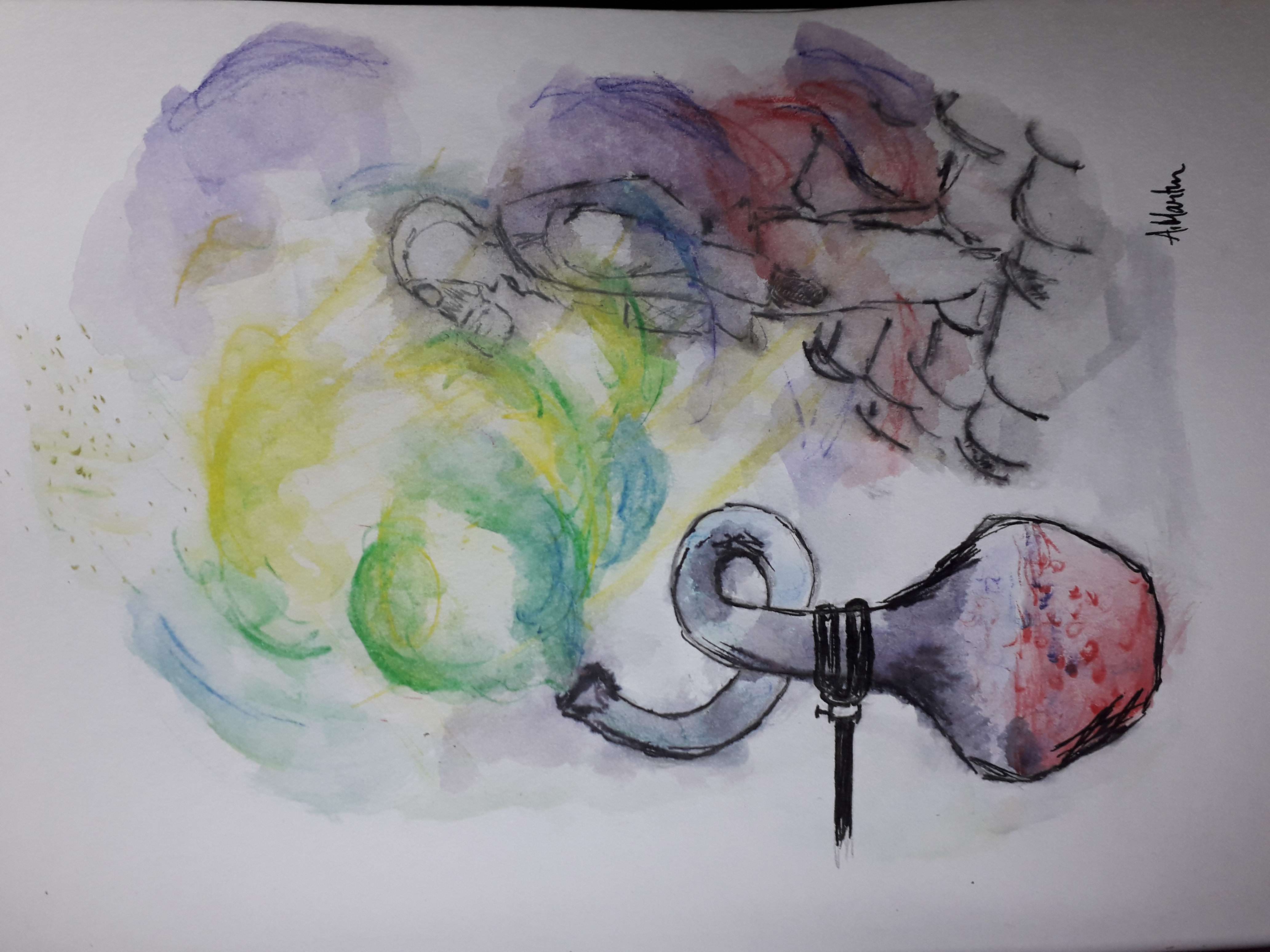For almost as long as there have been political rivalries and hierarchies, there have been people willing to kill in cold blood, either for personal or ideological advancement. Assassination is a concept as old as politics itself. The method-of-choice for many assassins throughout history has been to poison their victims. Indeed, the Roman emperor Nero is said to have been such a fan of poisoning his opponents that he employed his own personal poisoner.
It appears that things haven’t changed much since then. Earlier this year, the use of the Novichok nerve agent in the attempted murder of former Russian spy, Sergei Skripal, and his daughter, Yulia, in Salisbury attracted international attention and condemnation. Three months later, an innocent British couple became exposed to the Novichok agent, one of whom subsequently died as a result. What is this nerve agent, and why is it so deadly?
The Novichok class of nerve agents were developed in the Soviet Union before its collapse. It was described by its Russian creators as “the deadliest nerve agent in existence”. One of those behind Novichok, Andrei Zheleznyakov, is said to have died following accidental exposure to a small amount of the poison in his lab.
Like all nerve agents, Novichok targets the neurotransmitter used at the neuromuscular junction, acetylcholine. A neurotransmitter is a chemical messenger used to transmit a signal at the gaps between nerves, known as synapses. Acetylcholine is one of these chemical messengers, released by our motor neurons, that tells our muscles to contract. However, once acetylcholine has signalled for a muscle to contract, it must be broken down and recycled by an enzyme known as acetylcholinesterase. This is the target of Novichok and other nerve agents. Novichok forms a tight covalent bond with acetylcholinesterase enzymes in muscles, blocking the breakdown of acetylcholine. This prevents the muscles from relaxing, leaving them effectively paralysed in what is known as a “cholinergic crisis”. Essentially, Novichok interrupts the normal breakdown of chemical messages between nerves and muscles leading to nasty symptoms with often deadly effects.
The first symptoms can appear within seconds of poisoning: a complete loss of muscle control and profuse salivation, involuntary urination and defecation, convulsions, and vomiting. Respiratory and cardiac arrest can follow, killing the victim within minutes.
These symptoms are not unique to Novichok. Sarin is another famous example of a potent inhibitor of acetylcholinesterase, which has been observed as a chemical weapon recently in the Syrian Civil War. In August 2013, two suburbs in Damascus were struck by rockets containing Sarin gas. The death toll is thought to have been between 281 and 1,729 people.
Although Sarin and Novichok have similar deadly effects as they form strong bonds with acetylcholinesterase enzymes in our muscles, other molecules which also block acetylcholinesterase enzymes are not as deadly; some are even important medicines that improve countless lives. For example, neostigmine is an acetylcholinesterase inhibitor used to treat the condition of myasthenia gravis, an autoimmune disease that commonly causes weakness in the muscles of the eyes and face, and sometimes affects the breathing muscles. Despite the familiarity, why does one chemical kill us, and another helps treating disease?
Professor Michael Rowan of Trinity’s School of Medicine offers an explanation: “One aspect is the irreversibility of the nerve agent’s inhibition. Whereas nerve agents bind permanently to acetylcholinesterase, many of the therapeutic agents only block its action for a few hours or days. How it is absorbed into the body is also important – many nerve agents exist as a gas or fine powder that is easily inhaled or absorbed through the skin. Neostigmine is a more polar molecule and hence can’t pass into the brain.”
The scandal and speculation surrounding events in Salisbury present an morbid opportunity to learn about the fascinating history of poisons, their deadly mechanisms of action, and the sometimes narrow line between medicine and murder.






